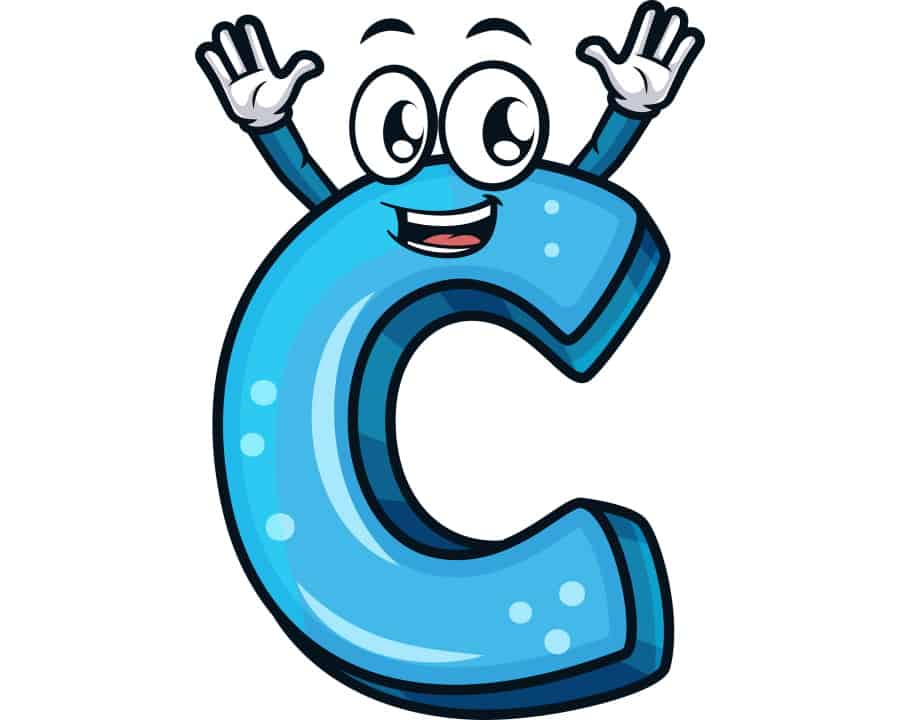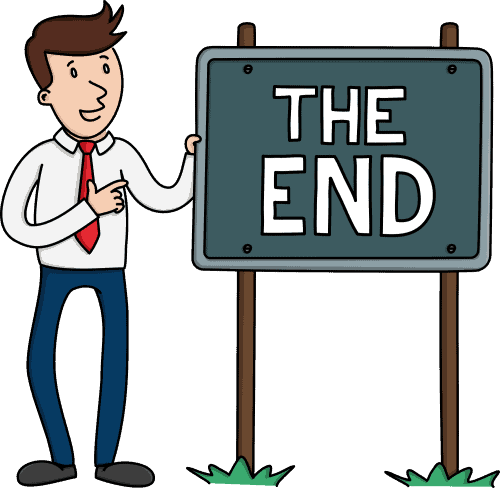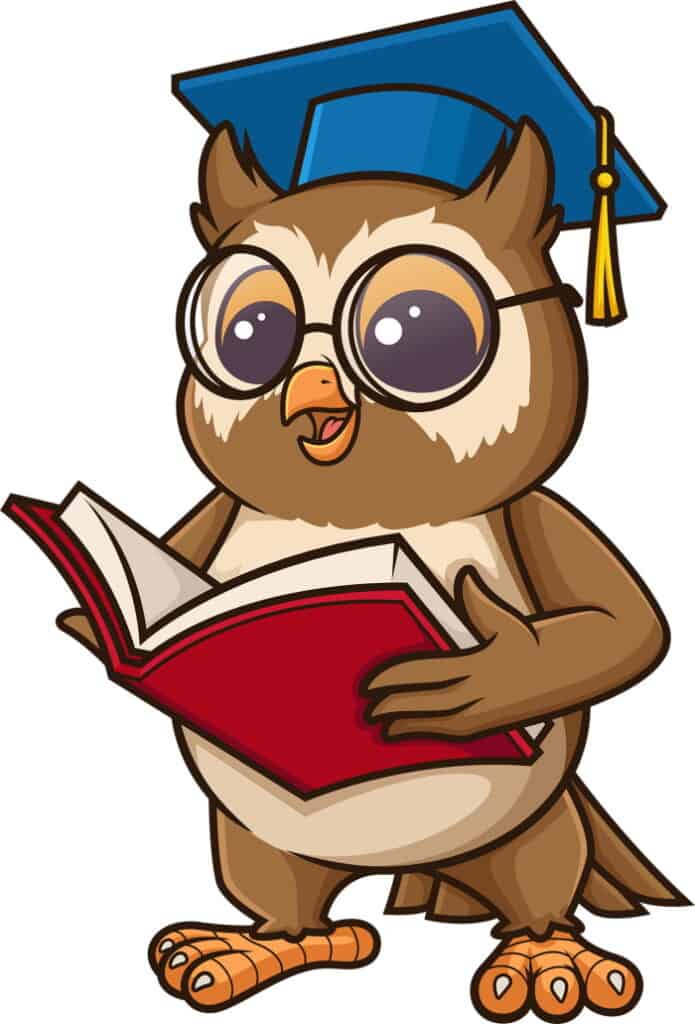Writing comedy for kids may not seem like a challenge, certainly not equal to a college thesis, but is that an accurate assumption? What are some tried and true kid-friendly tips for writing comedy books?
Anyone considering writing comedy books for kids or adults should master certain universal writing techniques and tips, in addition to humor. For example, knowing your audience and developing characters with a well-crafted narrative are necessary in comedy writing just as they are in any genre.

As a teacher for almost 20 years, I’ve taught writing just as long and know from the experience that incorporating humor is no easy task (for kids and adults alike). However, there are some universal good writing techniques and tips that can be learned in order to develop comedic writing. I’m happy to highlight some of those in the sections below.
One way to build humor with your kids is to use it strategically through routines or regular activities. For instance, our Fun Jokes For Kids Coloring Book is a great tool for embedding humor through kid-friendly activity.
Contents
Comedy Writing Secrets
Some might wonder what’s the secret to making comedy writing work? What is it that separates the successful comedic writers from the ones we never know?
Comedy writing secrets are not secrets at all if you study successful comedy writers. Successful comedy writers don’t forget the basics of good story writing like character development and always seem to be writing, so that they’re ready to find humor in the everyday or the out-of-the ordinary.
For example, Kent Osborne, the head writer of the popular kids cartoon, Adventure Time on Cartoon Network, said he follows the fundamentals when writing kid comedy for the show. One fundamental is to start with a pre-writing exercise, that is to just brainstorm.
“Sometimes, we’ll come in and we’ll say, what did everyone do this weekend?”
-Kent Osborne, head writer of Adventure Time
By thinking about ‘what you did this weekend’ or better yet, journaling or writing down as you live it, you’re better able to pinpoint funny components of the day or zero in on an out-of-the-ordinary thing that you can share comedically.
Osborne said another method is to focus on character development. This means fully understanding the characters you create, giving them backstories and internal and external character traits.
When writing, it is common to get what’s known as ‘writer’s block’ so having many well-developed characters can help combat that. When you are able to bounce around from one character to the next, you are less likely to become stagnate and have more opportunity to find the funny, so to speak.
And keep in mind that these tips or ‘secrets’ are not actually focused on humor in the beginning. Yet, they are essential for the possibility of bringing in humor.

TIP 1: All stories, even comedies for kids, need what your 1st grade teacher taught you- a beginning, middle, and end.
Teaching Humor In Writing

As a public school teacher, I learned early on that any genre of writing can be tackled with the basics. So how do you teach humor in writing?
Teaching humor in writing should be a step-by-step process just like with any other writing. Teaching writing must first focus on the writing basics, necessary for moving to deeper thinking like humor. Then, it’s important to directly teach humor devices and techniques for creating comedy.
Believe it or not, teaching writing for kids, teens, and adults starts the same way and in fact, includes most of the same information even as you progress. Admittedly, the depth of the material grows more complex just as your student does, however.
As someone with multiple teaching credentials, I have taught just about all ages, from 6 to college age, how to write. And it’s been my experience that emphasis on the fundamentals is what’s needed for everyone.
One book for teachers of humor writing that I recommend is 180 Days of Writing for Third Grade – An Easy-to-Use Third Grade Writing Workbook to Practice and Improve Writing Skills (available on Amazon). I know it seems unlikely that one book could be useful for multiple grades and ages, but as someone who’s been there and done that-across three states even, I assure you it works!
A book such as this one designed for 3rd grade is useful for everyone for a number of reasons. First, using ready-made material like this provides a variety of practice (from opinion writing to informational to fiction) and no matter the age of your students, they need lots of practice, and variety as they do!
Second, it is direct and targeted in its focus, including grammar instruction. One of the things I’ve seen swing in focus across education like a pendulum is grammar, but as someone who’s spent decades in the institution, I can wholeheartedly say grammar is vital! Don’t be fooled thinking otherwise!
And finally, it’s customizable. Books like this are easy to tweak and modify for an older audience or to simplify for even younger ones. For example, your older kids or teens will not likely take to ‘baby work’ so you won’t use this as is.
All teachers know that the best material is when you tailor it to your current students, so this is no different. But I highly encourage using material like this to guide you as you teach humor writing for students, whether they are 6 or 66, for that matter.
There’s a common misconception that humor cannot be taught, that one is either funny or not. However, research such as this study supports teaching humor and the idea of improving humor competence. This is aligned with directly teaching humor devices, both recognizing them as well as application.
As such, humor devices (i.e. figurative language, puns, riddles and so on) should be taught explicitly. As well, knowing how to incorporate them properly is what can make material work for kids, or not.
For example, irony and sarcasm are excellent humor devices, but they should be used sparingly (if at all) with younger kids. However, these devices are quite appropriate for teens and adults.
TIP 2: Write about what you know.
Suggested related reading:
- Are There Books On Being Funny? (More Than You’d Think)
- Top 187 Books That Make Children Laugh (Teacher Reveals)
- This Is What Humor Devices Are (Teacher Reveals)
Best Comedy Writers Books
Most all successful, well-known comedians have released their memoirs and one thing common among them all is that they were inspired by others to be funny. So what books are best for budding comedy writers to read and study?
Best comedy writers books fit into two categories: the cream of the crop books by best comedy writers, providing insight into their brand of humor and tips for success and second, those books best at detailing the craft of comedy writing, necessary for anyone interested in comedy to master.
To find best comedy writers books, you first should look at who are known for being tops in the field of comedy. Once you’ve established that, you’re able to figure out their niche or brand of humor and the what made them so successful at it.
“Whenever I came up with a funny bit, whether it happened on a stage, in a conversation, or working it out on my preferred canvas, the big yellow legal pad, I kept it in one of those old school accordion folders.”
-Jerry Seinfeld, comedian/actor
For instance, Jerry Seinfeld is one of the most well-known and successful comedians today. His comedy writing niche is about observational humor. Seinfeld writes about his techniques in his book, Is This Anything? (free with an Audible membership). In it, Seinfeld explains how he develops and maintains his jokes in minute detail.
Then, there are those other books to help comedy writers, the ones that are instructional and let you peek behind the curtain of writing comedy. One of the most suggested books for this is Step by Step to Stand Up Comedy by Greg Dean.
In Step by Step, Dean breaks down how to write a joke, as well as teaches the principles and techniques of being funny, which is what you’re looking for in ‘how-to’ informational, instructional comedy writers texts.
TIP 3: Understand your audience.
- Best Book to Make Preschoolers Laugh: The Wonky Donkey by Craig Smith with almost 60,000 reviews & 4.8 out of 5 on Amazon
- Best Book to Make Intermediate Kids Laugh: The Deep End (Diary of a Wimpy Kid Book 15) (free with an Audible Trial) by Jeff Kinney
- Best Book to Make Middle Schoolers Laugh: Secret Agent 6th Grader by Marcus Emerson with reviews like “Great for kids, entertaining for grownups!”
Comedy Writing Theory
What is it that makes some things funny and some things not, or rather, why are some people funnier than others? Why do some comedy shows bring all the laughs while others fall flat?
Comedy writing theory deals with a common notion of what’s funny and why we laugh. This means looking at the science behind humor such as ideas of superiority to incongruity. Once humor is better understood, it’s easier to replicate comedy appropriately.
First, let’s briefly consider the science behind humor, which has intrigued humans and been a part of literature from earliest written examples (after all, Homer’s The Odyssey has many humorous elements for the reader of the adventures of the unfortunate protagonist, Odysseus).
There are four main theories of humor, according to Dr. Asa Berger, as written in Europe’s Journal of Psychology (2013). Those are superiority, incongruity, cognitive ‘conflict’, and psychoanalytic issues. For details, I urge you to read the cited research, but I’ll explain here the most popular theory: incongruity.
Incongruity theory of humor is “based on the difference between what we expect and what we get…”
-Asa Berger, Professor Emeritus of San Francisco University
Basically, the most popular theory of comedy is that we laugh when something doesn’t happen the way we expect it to. Of course, instances of this doesn’t ensure laughter. It may indeed lead to the opposite! Take for instance a car wreck. We don’t expect it (otherwise, we’d avoid it, most likely) and we certainly aren’t to laugh afterwards.
But…when we do laugh, it’s usually when something unexpected happened.
Then, there is the idea of universal humor. These are examples that are in line with the theory of incongruity. In some ways humor is the same everywhere; and then there is more regional or localized humor.
Humor that is common no matter where you are is often referred to as universal humor. While there are exceptions, of course, an example of universal humor is slapstick, overt, over-the-top kinds of humor. Someone getting a pie in the face, falling down stairs (providing no one is hurt), or dancing silly are instances that people find funny regardless of background, culture, or age.
Another example of universal humor is silly animal or baby behavior. When a dog or baby does something goofy, it just seems to transcend barriers for laughs!
Now, once this generalized, yet scientific theory of humor is understood, then one is able to think about the theory of comedy writing. It’s writing and comedy come together.
TIP 4: Use the fundamentals for writing.
The Punchline for Writing Comedy Books
To recap, writing comedy books is similar to any kind of writing and then, again, a bit different.
First, look at it from the basics. Writing fundamentals are needed for writing comedy books. Good writing practices and exercises are the foundation. From grammar to story development to drafting, it’s essential to take writing seriously, even when the goal is to write comedy.
Last, don’t forget that the best comedy writers, although possibly naturally funny, need to understand humor devices and techniques for writing comedy successfully. And for grandparents, parents, and teachers who may not be naturally funny, the good news is that humor can be learned!
For further reading, I highly recommend my related articles:
